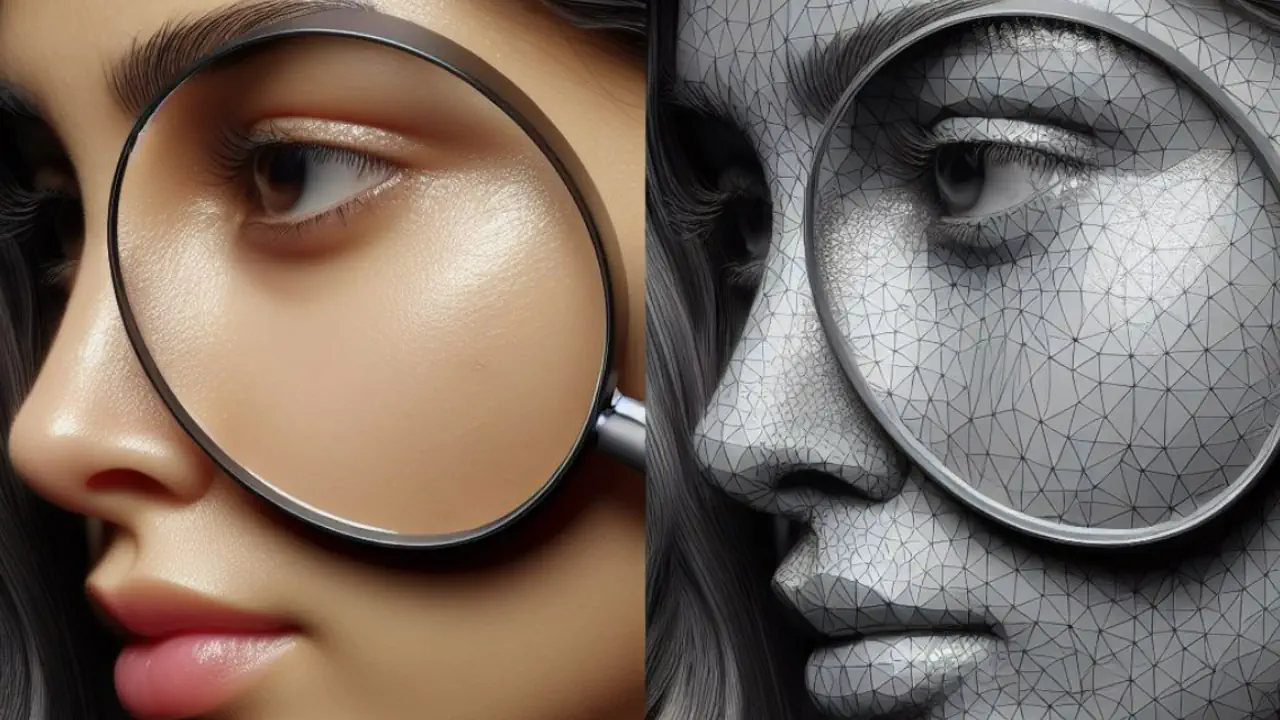Autoconverter, a trusted 3D file conversion software, now includes a powerful feature for smoothing vertex normals. This enhancement improves the visual quality of 3D models by eliminating sharp transitions between mesh faces, resulting in smooth, soft edges.
The smoothing feature is compatible with popular formats like U3D, X3D, 3DM, FBX, OBJ, 3DS, and DAE.

How Vertex Normal Smoothing Works
Smoothing vertex normals involves averaging the face normals at shared vertices in a mesh. This technique improves model realism, especially during rendering and shading, by softening the visual edges between connected polygons. Autoconverter introduces this as a customizable feature to enhance model aesthetics across multiple 3D workflows.
Customize with Maximum Angle Between Face Normals
Autoconverter lets you define a maximum angle threshold between adjacent face normal vectors. This angle determines which faces are included in the smoothing process. Benefits of this feature include:
- Precision Smoothing: Fine-tune the angle to retain sharp edges where needed while smoothing others for a balanced, realistic model.
- Greater Flexibility: Adapt smoothing behavior to match architectural, mechanical, or organic model requirements.
Only faces with angle differences below the defined threshold are included, ensuring accurate and efficient smoothing.
Export to SketchUp (SKP) with Smooth Edges
This smoothing feature is especially useful when exporting models to the SketchUp SKP format. Smoothed vertex normals generate soft, visually seamless edges in the final SKP file. This dramatically improves the look and quality of SketchUp models, making them suitable for presentation, architectural visualization, and interior design.
Supported Formats for Vertex Normal Smoothing
Smoothing is available during conversion from or to the following formats:
Whether you're refining 3D assets for games, simulations, or architectural presentations, this feature delivers consistent, polished results.
Conclusion: Improve 3D Model Quality with Smoothing in Autoconverter
The new vertex normal smoothing functionality in Autoconverter gives designers, architects, and artists full control over the visual quality of their 3D models. With support for a wide range of file formats and adjustable smoothing parameters, Autoconverter makes it easy to achieve soft, professional-grade surfaces - especially when exporting to SketchUp (SKP) or other popular formats.
👉 Upgrade your 3D model workflow today with precise, automated vertex normal vectors smoothing - only in Autoconverter.